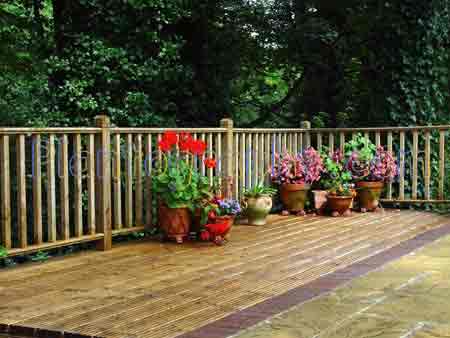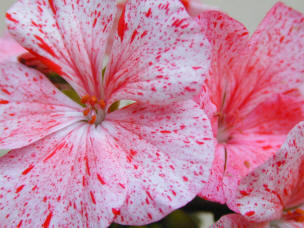Sage – Salvia officinalis
Sage is a perennial herbaceous or semi-evergreen herb growing up to 50cm tall. It is native to the Mediterranean, but is grown widely elsewhere. Sage has a woody stem and lower branches which give way to the labiate square stem which is green or purple in colour and covered in a fine down.
The Sage in this section can be used for ornamental, culinary and herbal medicine purposes. Our herb Sages belong to the huge Genus of Salvias, which are all part of the Labiatae family. One thing they all have in common, ids the fact that the stems are square rather than rounded. Herb sage is the same group of plants as the common bedding Salvias, and many ornamental Salvias which are gaining in popularity for ornamental herbaceous perennial use.
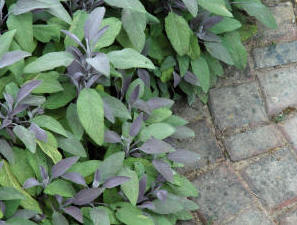 Our Herb Sages - all Salvia officinalis types - have leaves
which are oblong, and tapering to a point, like the head of a
lance with a leathery texture. The blue flowers, which appear in
June, occur as spiral-shapes at the end of the stems. Herb Sage
is usually harvested in May and June, just before flowering. The
leaves can be harvested again in September.
Our Herb Sages - all Salvia officinalis types - have leaves
which are oblong, and tapering to a point, like the head of a
lance with a leathery texture. The blue flowers, which appear in
June, occur as spiral-shapes at the end of the stems. Herb Sage
is usually harvested in May and June, just before flowering. The
leaves can be harvested again in September.
Sage prefers chalky soil in sunny areas, but will thrive in any fertile workable soil with good drainage. Water well in dry spells in order to keep the foliage young and tender for cooking uses. Otherwise, Herb Sage is relatively drought-resistant and will only need watering when drooping. Old plants tend to get woody, so replace every 3-4 years. The older plants can also be rejuvenated by cutting back hard in spring.
There are several ornamental sages – grown for foliage effect – which
are also suitable for culinary and other uses. The two main choices are
shown in the images below. They are reasonably hardy, with the golden
form of 'Icterina' being hardier than the purple leaved form. Normal Herb
Sages have green or blue green foliage.
Salvia officinalis Purpureus
Propagation of Sage Herb
Herb sages can be propagated by cuttings from end of April through to September. Insert the cuttings 30cm apart in a lightly shaded place; leave them until they are well established, then they can be removed and placed in a permanent position.
Alternatively, pop a few cuttings into a glass of water on the kitchen windowsill - not too sunny, and they will soon root. More convenient than the traditional gardener's methods of taking cuttings, and well suited to producing just a few plants.
Growing in the garden, Herb sage presents us with few problems - other than a being a feast for aphids, which are normally found sheltering under the leaves. The same is true of Red Spider Mite and Whitefly. First sign of problems is normally a mottling of the foliage from its normal colour. Use a pesticide that is suitable for edible crops - or soap-based insecticide. There are several 'organic' and otherwise safe insecticides available.
Medicinal uses for Salvia officinalis - Sage
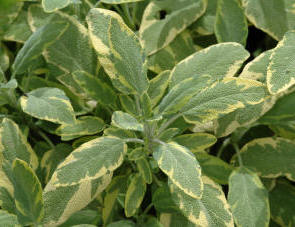 Sage
is a wonderful herb renowned for its antispasmodic and astringent
properties. Sage is great for excessive perspiration. Including night
sweats, stopping unwanted breast milk, diarrhea and dysentery, sinus
congestion, bladder infections and inflammations and colds and flu. It
is also used in combination with rosemary, peppermint and wood betony
for headaches, and on its own, as a gargle for sore throats, including
laryngitis, mouth ulcers and indigestion. Some species of sage have been
found to be particularly effective tranquillisers that are non-habit
forming.
Sage
is a wonderful herb renowned for its antispasmodic and astringent
properties. Sage is great for excessive perspiration. Including night
sweats, stopping unwanted breast milk, diarrhea and dysentery, sinus
congestion, bladder infections and inflammations and colds and flu. It
is also used in combination with rosemary, peppermint and wood betony
for headaches, and on its own, as a gargle for sore throats, including
laryngitis, mouth ulcers and indigestion. Some species of sage have been
found to be particularly effective tranquillisers that are non-habit
forming.
Salvia Icterina
Long ago, it was used to ward off evil spirits - and may stilled for that as far as we know. We have no medicinal science to verify that claim! It's a case of, if it works, then it works!
Aromatic Oils
Sage oil is used in aromatherapy, and is classed as one of the 'essential' oils. The foliage of the sages contain many flavonoids and safe acids. A few leaves of the Herb Sage can be placed in your bathwater, and are said to waft away all - or at least most - of your day to day problems (whilst in the bath!)
Culinary
Sage - or Salvia officinalis to give it its botanical name - is traditional in turkey stuffing; but has many other uses; fresh sage has a prominent lemon zest flavour that is lost when the herb is dried. Fresh sage can be frozen and will keep up to two months.
This fragrant herb is often combined with thyme, rosemary and basil. Use sage to cut the richness of fatty foods such as goose, duck and oily fish, spread the leaves the top before cooking, add sage to soups and stews, use the fresh herbs to make sage butter and gather young leaves to make a sage vinegar. Tie together some sage, thyme, parsley, marjoram and a bay leaf to make a Bouquet Garni.
Best Selling Gardening Products
Popular Gardening Sections
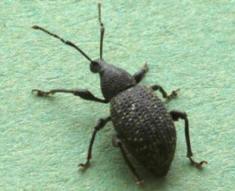
Problems
Identify Weeds in The Garden - How to deal with weeds. Diseases and Pest which harm your garden and plants, learn how to prevent, deter and erradicate your garden problems.
Garden Problems
Pruning
Pruning Guide. Shrubs flower better with correct pruning. Many illustrations and examples of what to do - and when. Includes evergreens, roses, flowering shrubs, spring flowering shrubs and pruning for stem effect. This is our most viewed and comprehensive section,
Pruning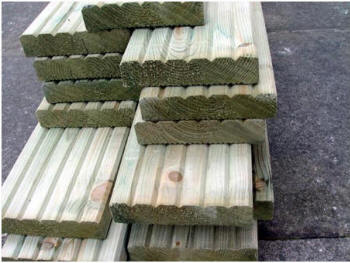
Gardening Businesses
Gardening Businesses listed in the UK counties and USA states. County and State Listings of businesses involved in Garden supplies and services. If you wish to be added to the Directory, please send us your information. Having problems, use the search box
Businesses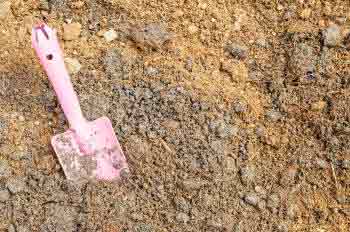
Gardening
In this section you will learn about Gardening Basics, Containers, Landscaping, Propagation and Soil.
Gardening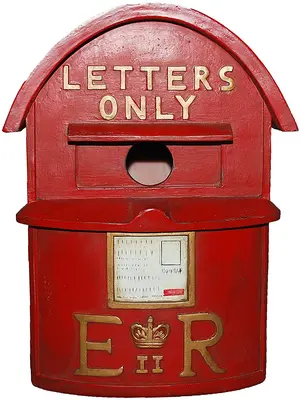
Gardening Gifts
Gardening Gifts and Reviews, Read Before you Buy
- Gardening Gifts Ideas
- Gifts For Her
- Gifts For Men
- Power Tool Gifts
- Cheap Gifts
- Personalised Gifts
- Wildlife Gifts
- Family Gifts

